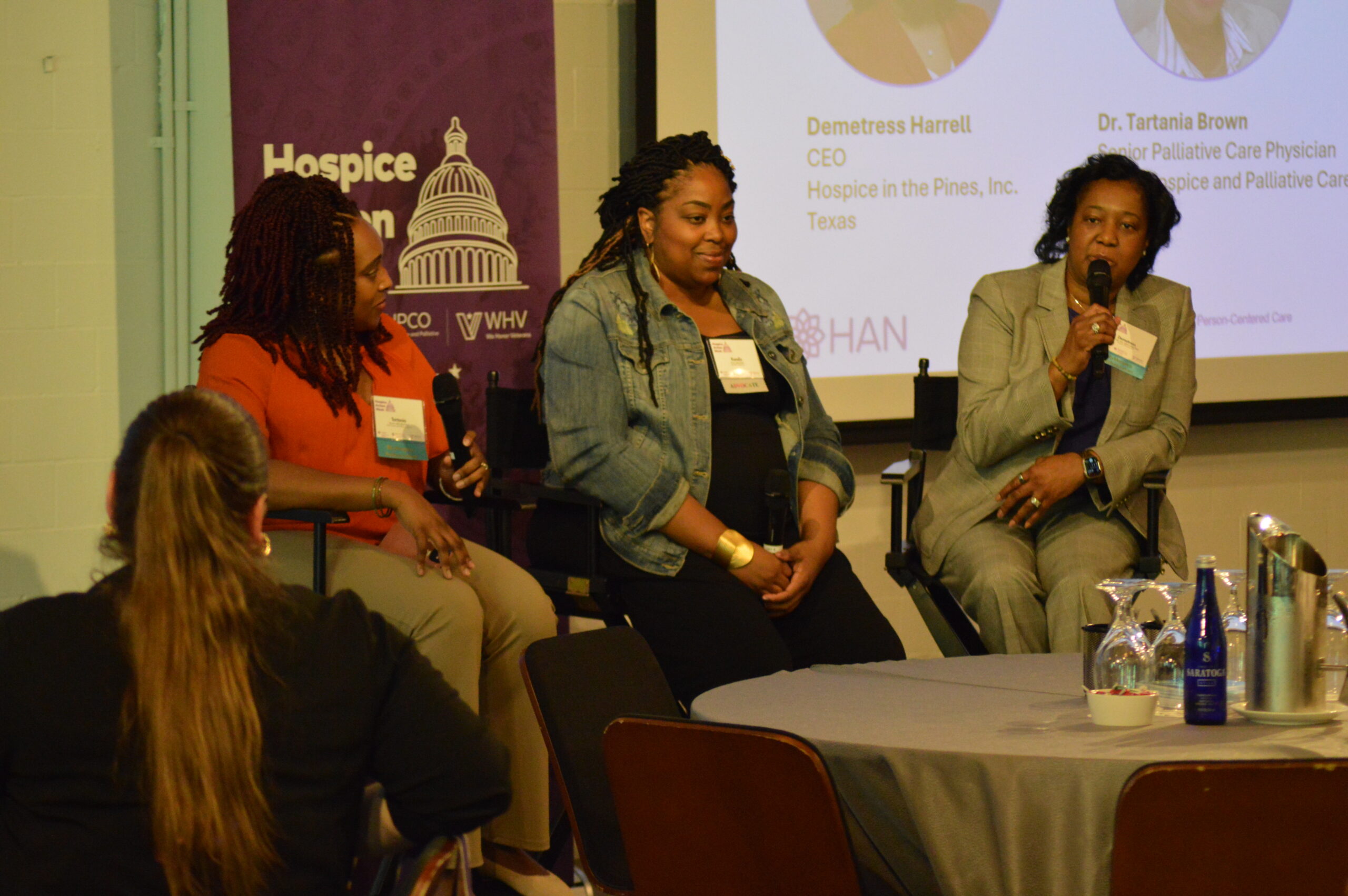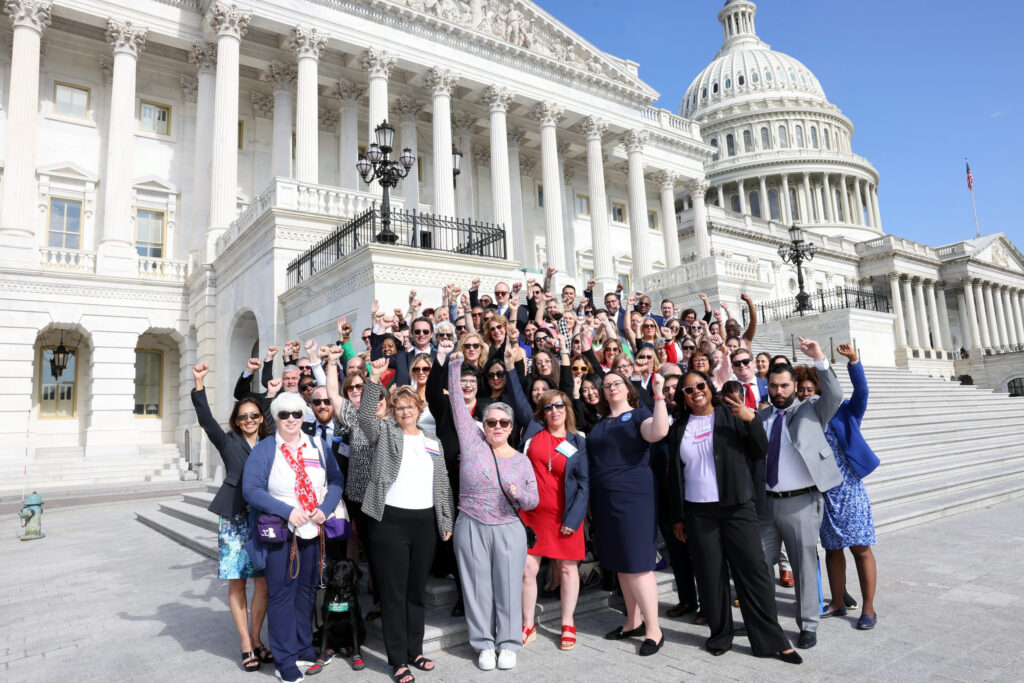
How Hill Days Move Mountains
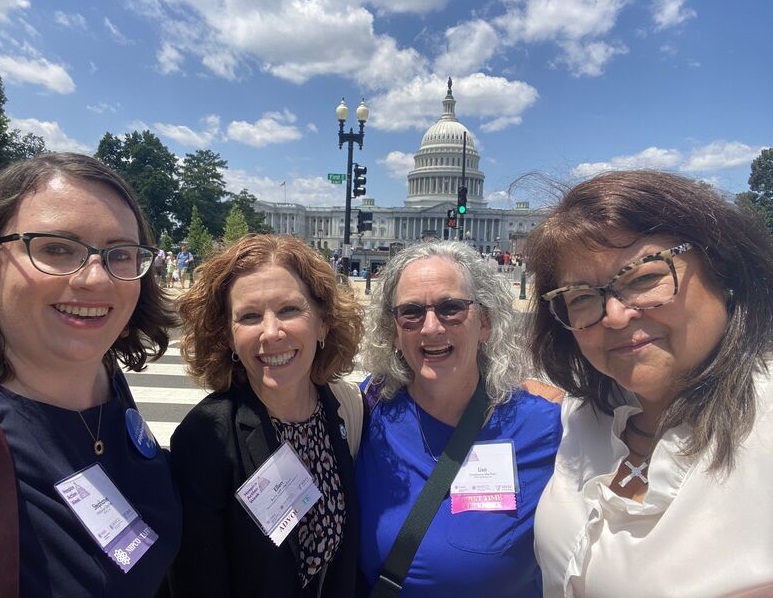
Hill Days, also called fly-ins and lobby days, are one-day events where your organization’s advocates gather either locally, at state capitols, or in Washington, DC to meet with legislative offices about key hospice and palliative care issues.
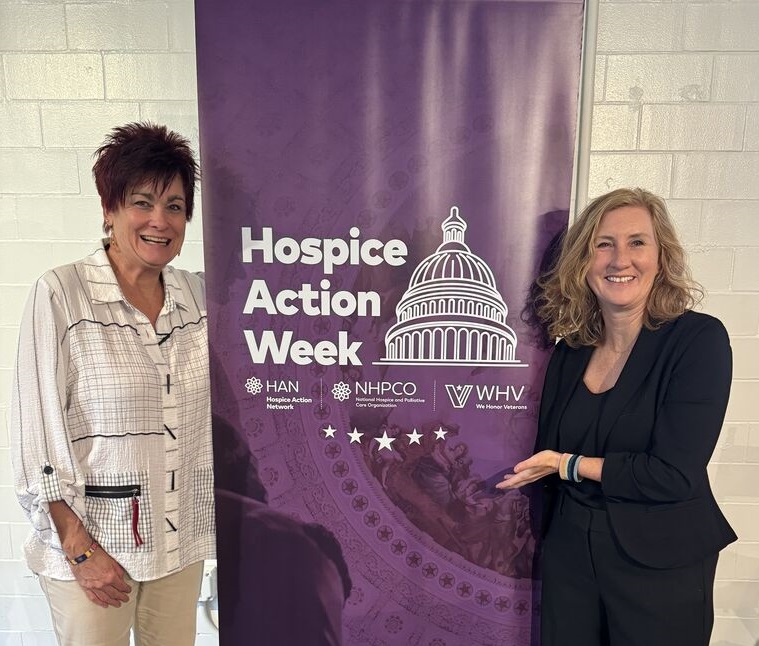
In an era of virtual meetings and cost concerns, why spend funds on an in-person Hill Day?
Because as the Hospice Action Week experience shows, the strategic payoff from these events is worth the investment.
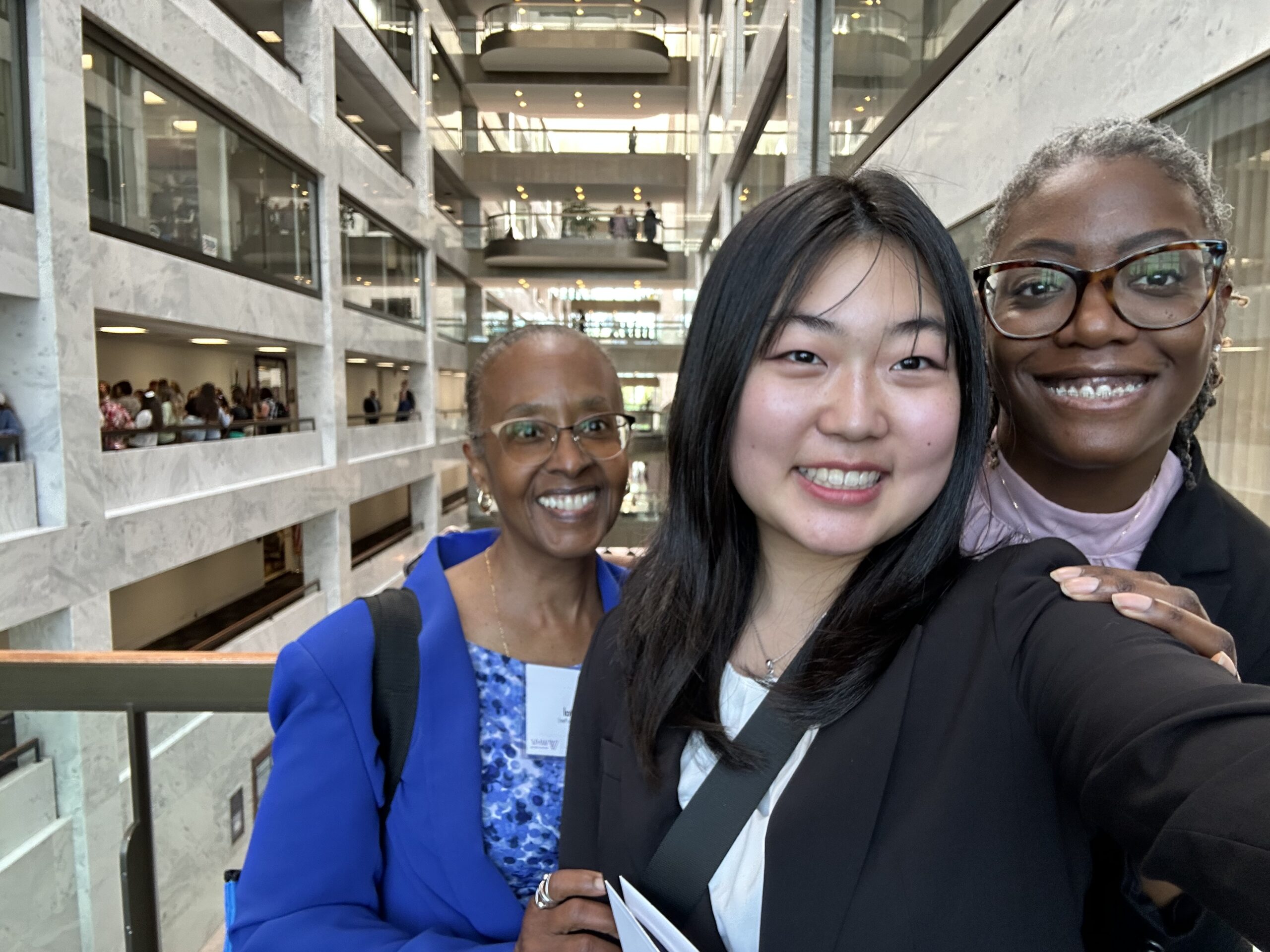
Goals for Hill Days
Hill Days bring attention to hospice and palliative care as an issue area, establish and grow relationships with policymakers, generate morale for organization employees, and most importantly, move the needle on policy priorities impacting your organization and the families you serve.
More specifically, a Hill Day aims to:
• Educate about issues in the field and future goals for the hospice and palliative care sector.
• Utilize stories and data to make these issues real for legislative offices.
• Demonstrate that these issues are urgent and actionable.
• Signal that your organization will be a consistent blip on an office’s radar.
• Gain support for or opposition against a bill.
• Build relationships with legislative offices.
• Engage advocates, experienced and new—before, during, and after.
• Raise awareness and a “brand” with the broader public.
This is a long list of goals, and how they are prioritized will vary based on office, meeting attendees, and organization strategy. But the broad reach of a single Hill Day can accomplish these goals at a scale that might take a small lobby team months to achieve.
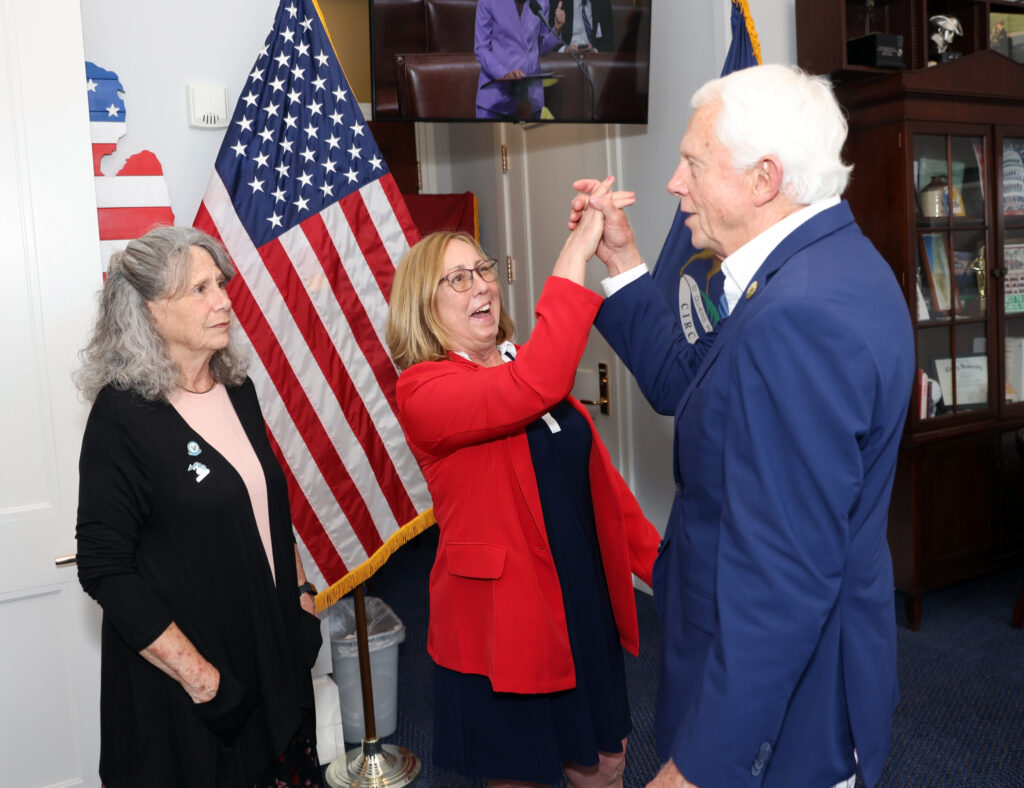
Paul Ledford, President & CEO, Florida Hospice & Palliative Care Association“Meeting with Members of Congress and staff on Capitol Hill provides opportunities to listen to their stories and to offer context and broaden understanding of the services hospices deliver. It also gives us a chance to share how deeply engaged hospice programs are in the districts they serve.”
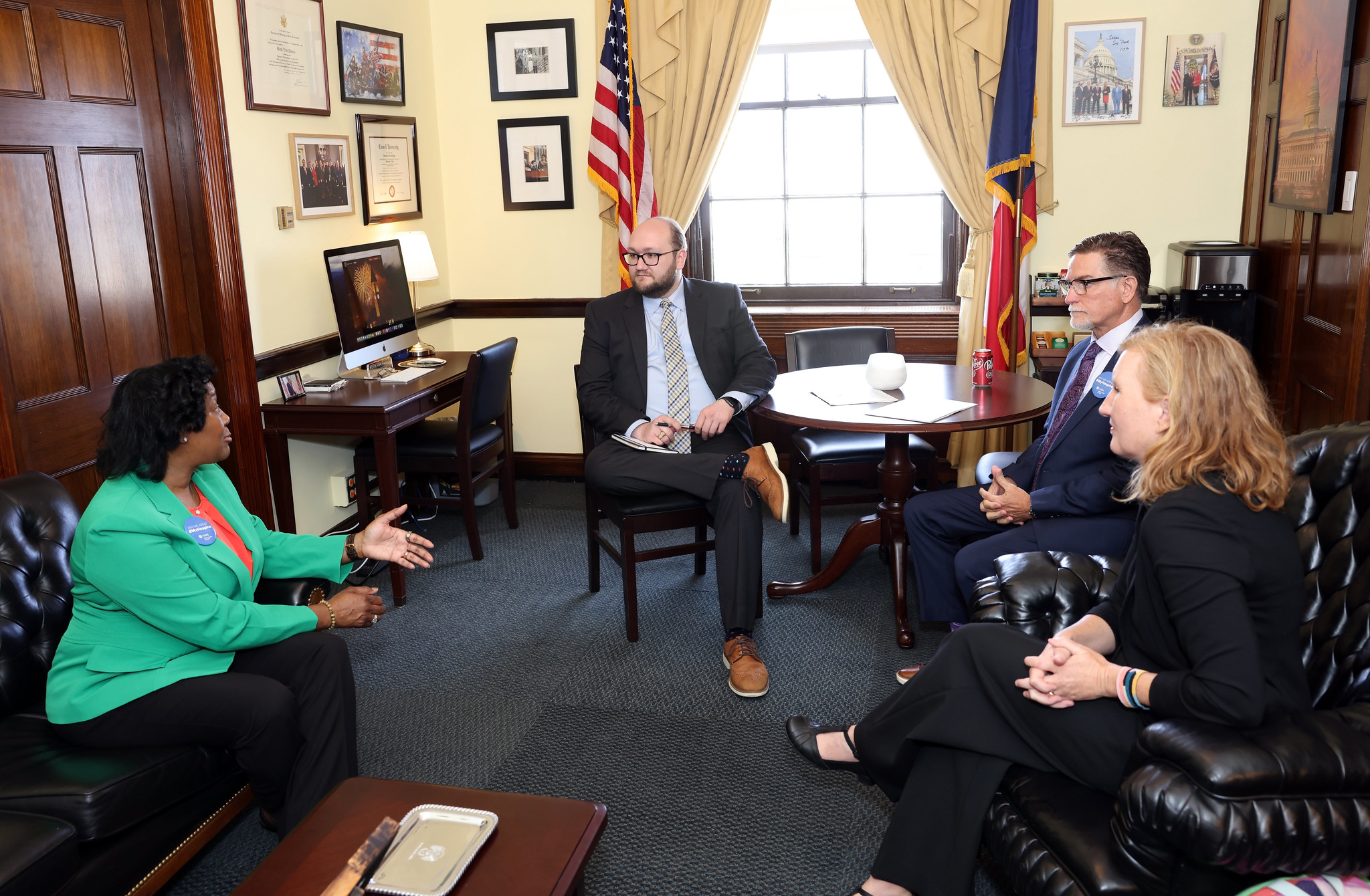
Who Attends
Some organizations might have already invested in Government Relations or lobbyists who meet with legislators regularly. Why further invest by sending non-GR staff to a Hill Day?
First, constituents can help you get in the door with offices. Some offices might prioritize meeting with a constituent over a lobbyist. Policy staff bring power and experience, but usually cannot serve as faces for issues. Faces and stories are vital to getting legislative offices engaged with your issues.
In research conducted by the Congressional Management Foundation, legislative staff consistently responded that direct constituent interactions “have more influence on lawmakers’ decisions than other advocacy strategies.”
For these reasons, Hill Days are most effective when open to everyone involved in hospice and palliative care: state association leads, C-suite executives, medical directors, nurses, administrators, volunteer coordinators, bereavement counselors, and more.
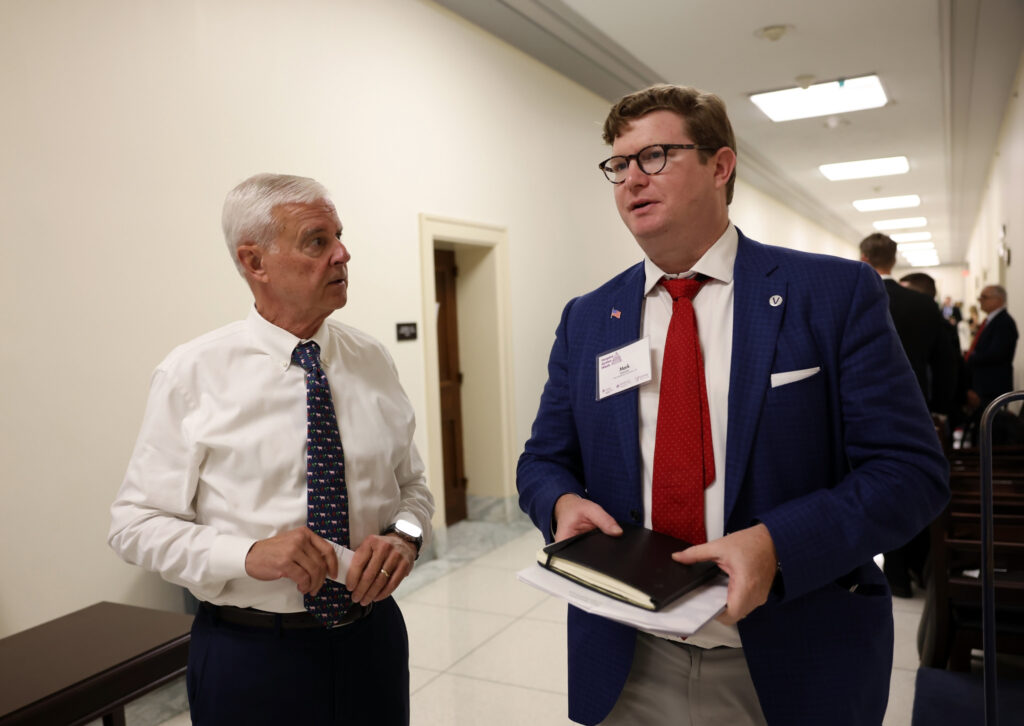

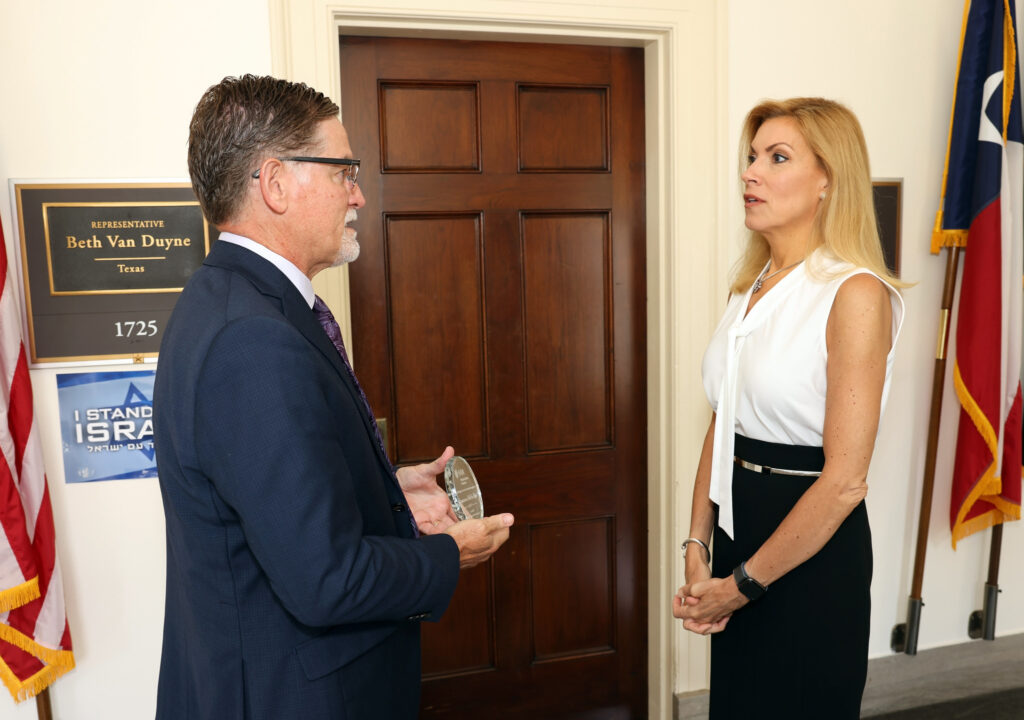
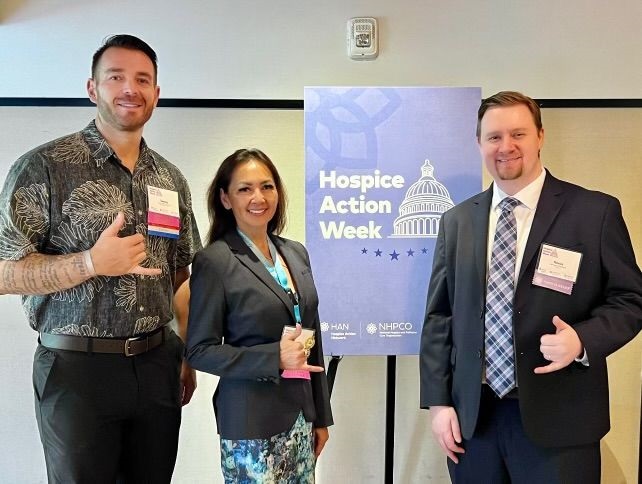
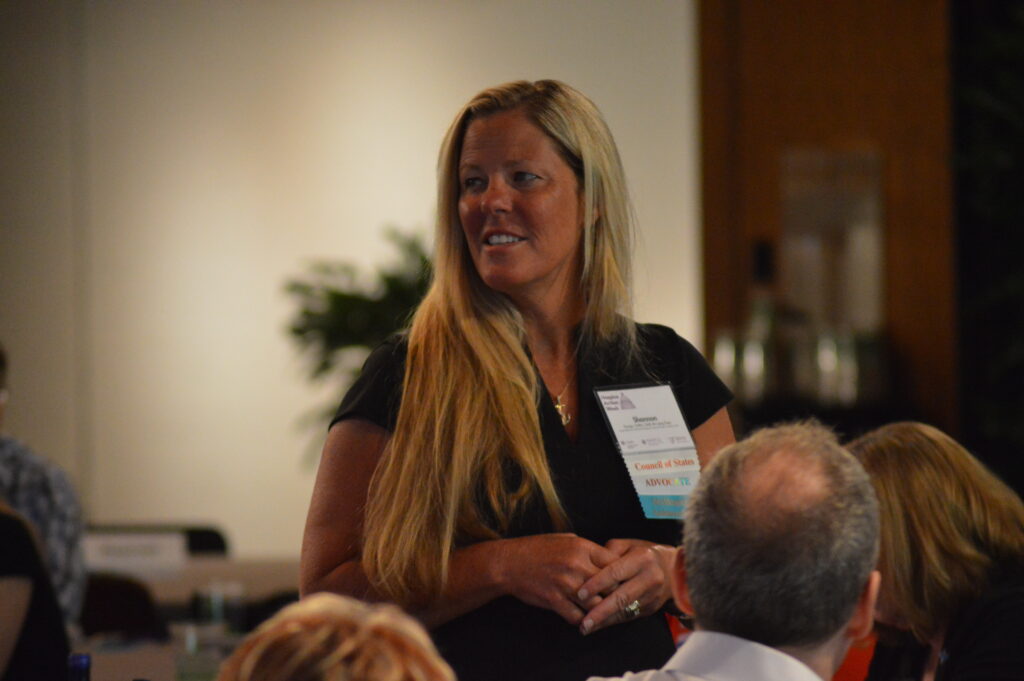
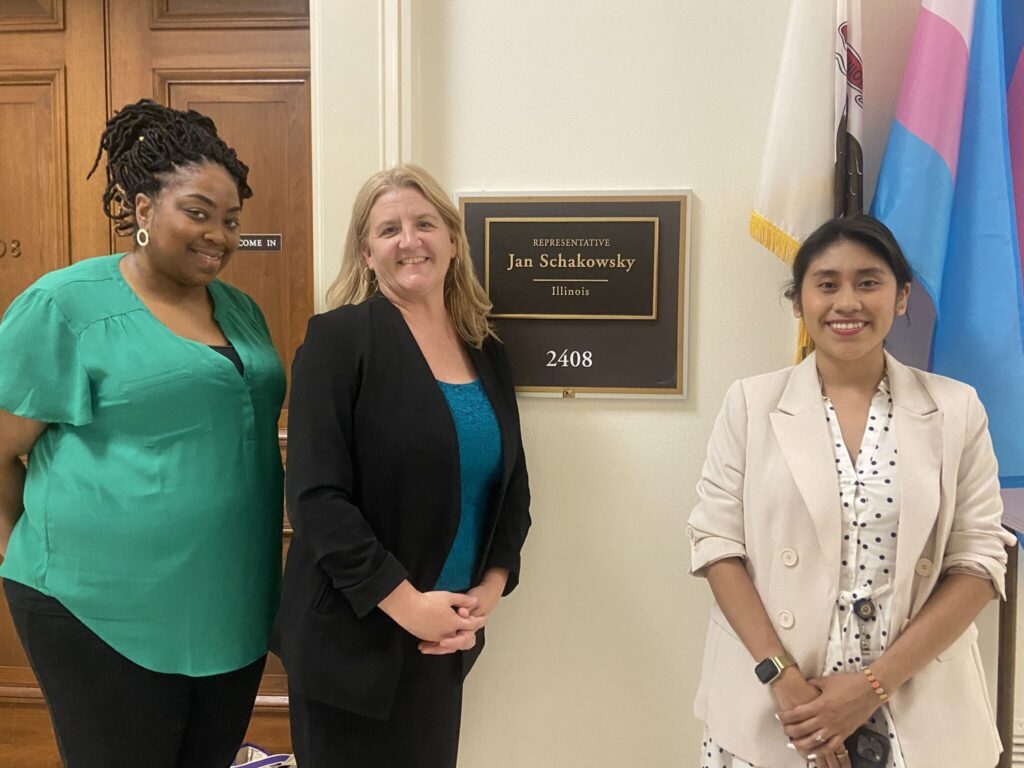
“Personal stories make the impact of legislation real, and help guide their staffers with perspectives they couldn’t otherwise have access to. Lobbyists and staffers can’t convey the day to day impact, they don’t have an opportunity to see it the way clinicians do. I may not be current on all the legislation, but I can predict some of the effect it will have on patients lives, and that of their families.”
Lisa Coneybeare, NP-C, VITAS Healthcare, Virginia
The Payoffs
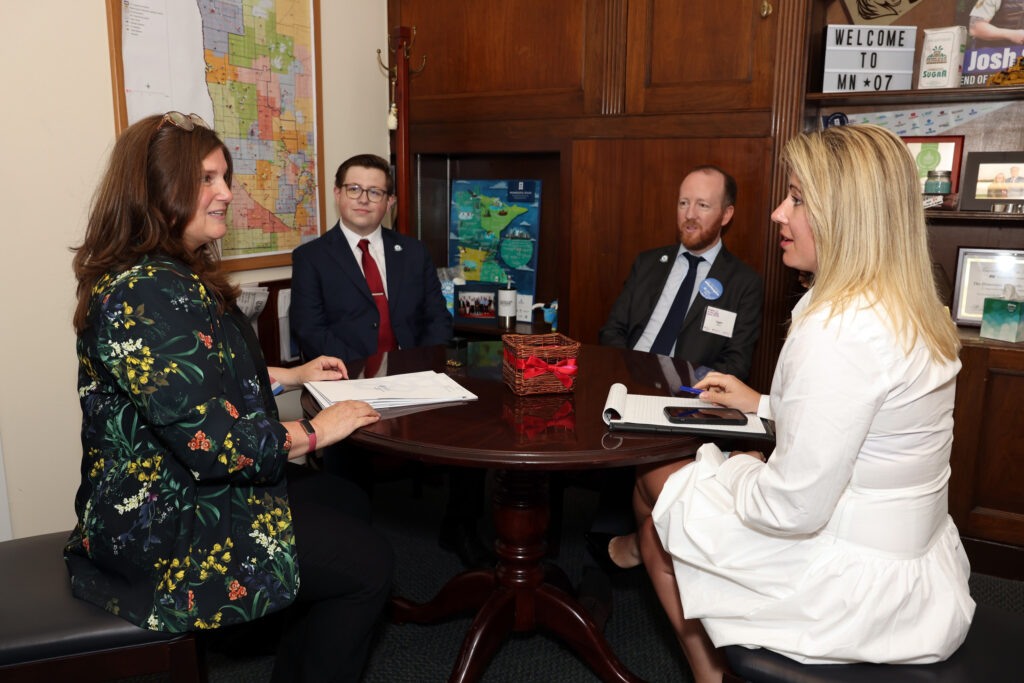
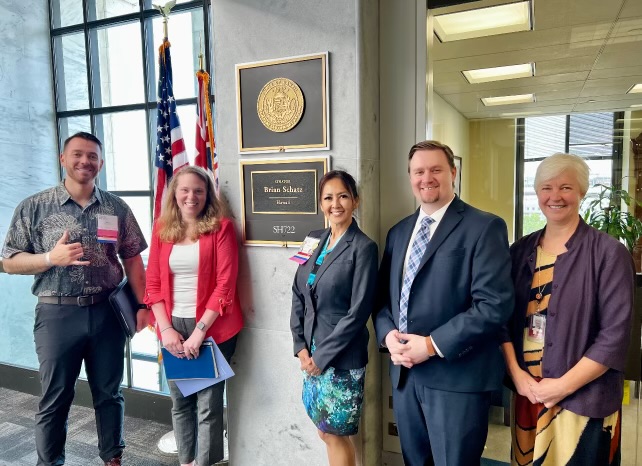
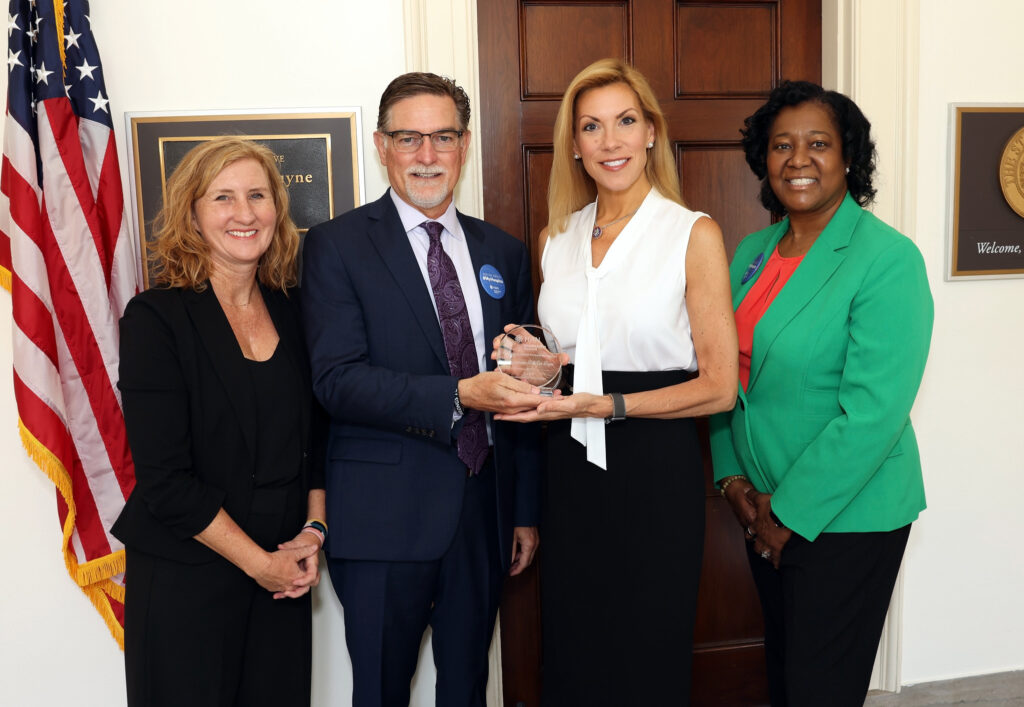
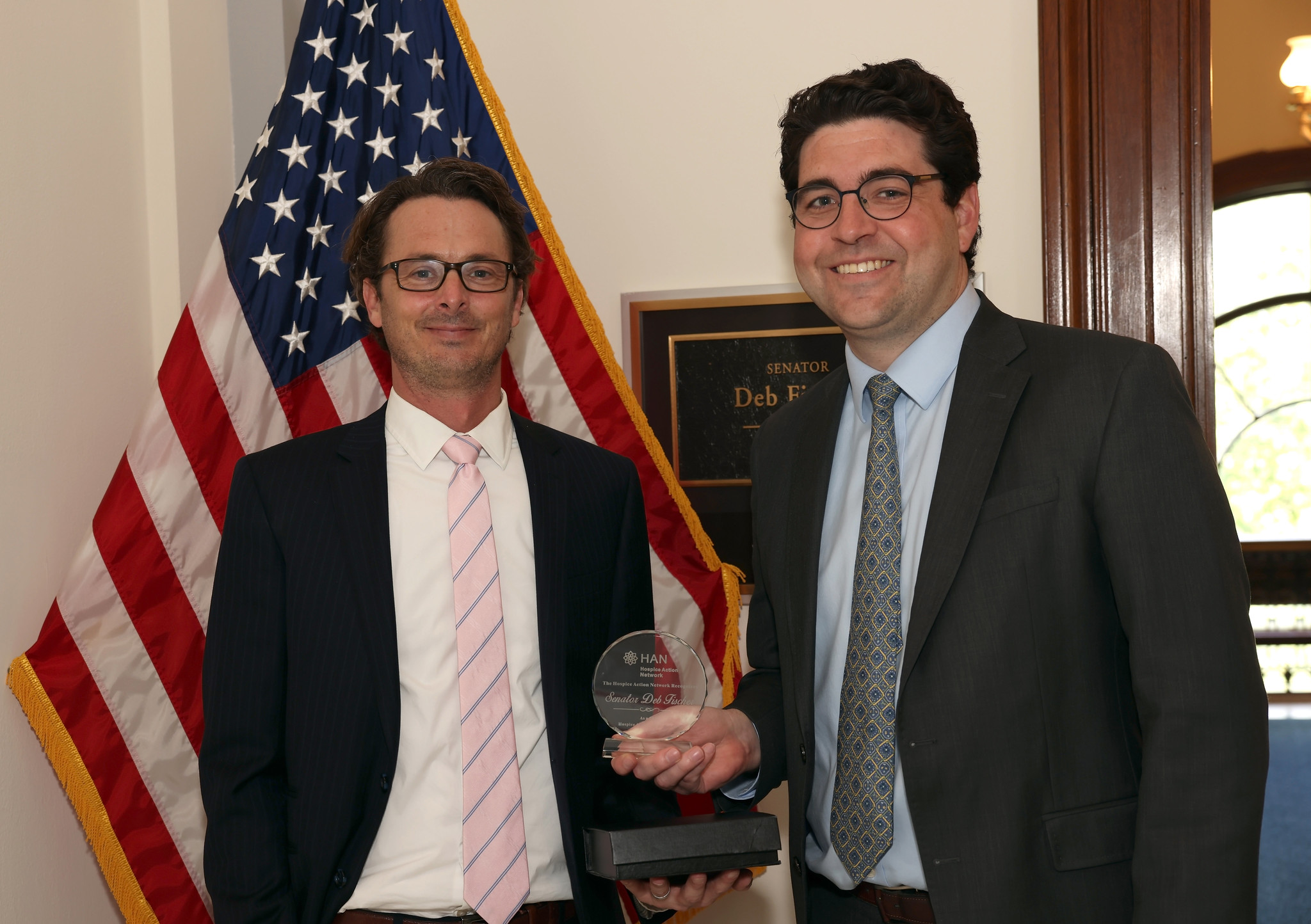
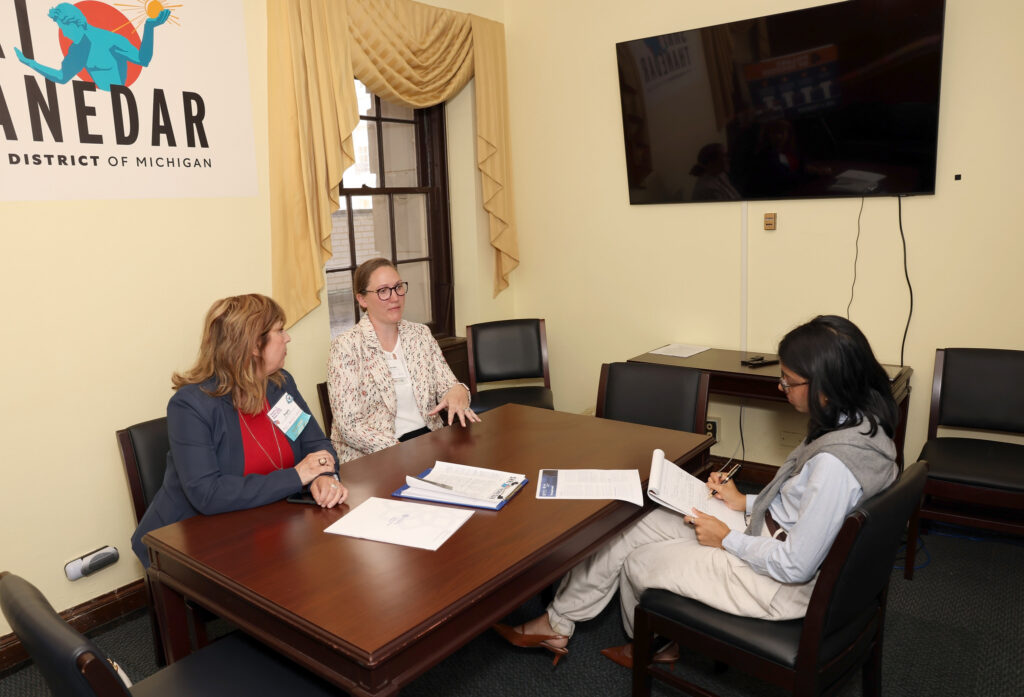
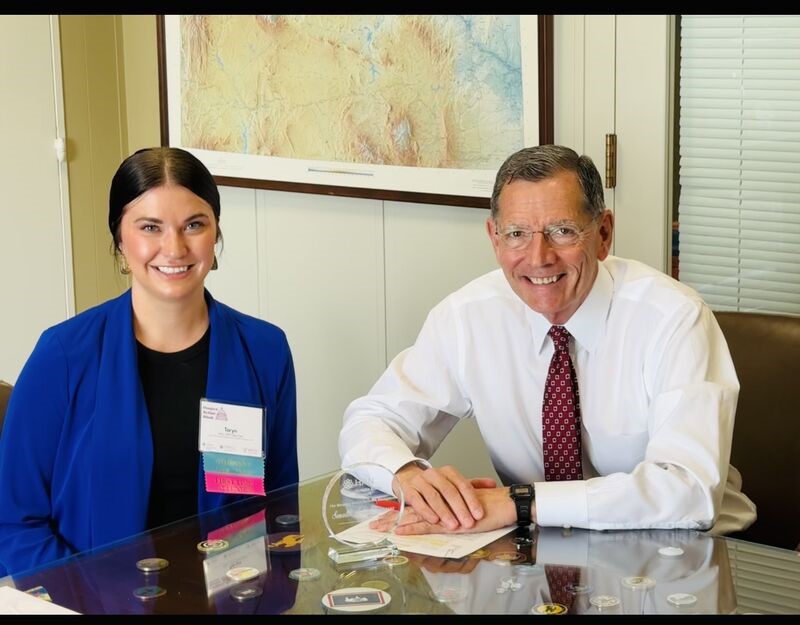
“Hill Day has afforded our organization to foster the goodwill of supporting our constituents by advocating for them and promoting the voice of quality end of life care be accessible for all.”
Demetress Harrell, CEO, Hospice in the Pines, Texas
Influence policy in one of the most effective ways.
You can get additional co-sponsors for a key bill, commitments to sign on to an important letter to CMS, identify new champions for hospice and palliative care, arrange an upcoming visit to your organization’s facility, and more.
Engage with the competitive realities of policy.
A large group on the Hill representing as many states as possible, getting meetings with leadership and key committee members, showcases to policymakers and staff that you are serious about being a bug in their ears for hospice and palliative care.
Demonstrate to members your organization’s strength.
Hill Days show that your organization values strategic advocacy efforts and the advocates and stories from across the care spectrum.
Produce grassroots and grasstops advocacy assets.
Newcomers can be inspired and trained to become consistent grassroots advocates. Established grassroots advocates can grow to the grasstops level by developing and growing relationships with legislative offices.
How to Get It Done
A strong Hill Day will be the culmination of a year of strong grassroots and grasstops advocacy programming and a catalyst for continued growth and development.
The logistics, coordination, and overall planning required for a Hill Day are significant. Scheduling meetings between constituents and their representatives requires weeks to months of effort.
Strategizing key meetings and priority issues, mobilizing and training advocates, and amplifying impact through media and social media engagement: these elements require attention to timelines and staff capacity.
If your organization has the capacity, budget, enthusiasm, and experience to take all of that on for your Hill Day, you are well on your way to being a strong advocacy presence. But what if you aren’t there?
A major benefit of HAN membership is having an experienced team that organizes an annual Hill Day in DC for member organizations. Every year at Hospice Action Week, the HAN team schedules meetings, crafts a policy strategy, prepares advocates at any experience level for a successful Hill Day, and engages the media to promote advocates’ successes and awareness of key issues.
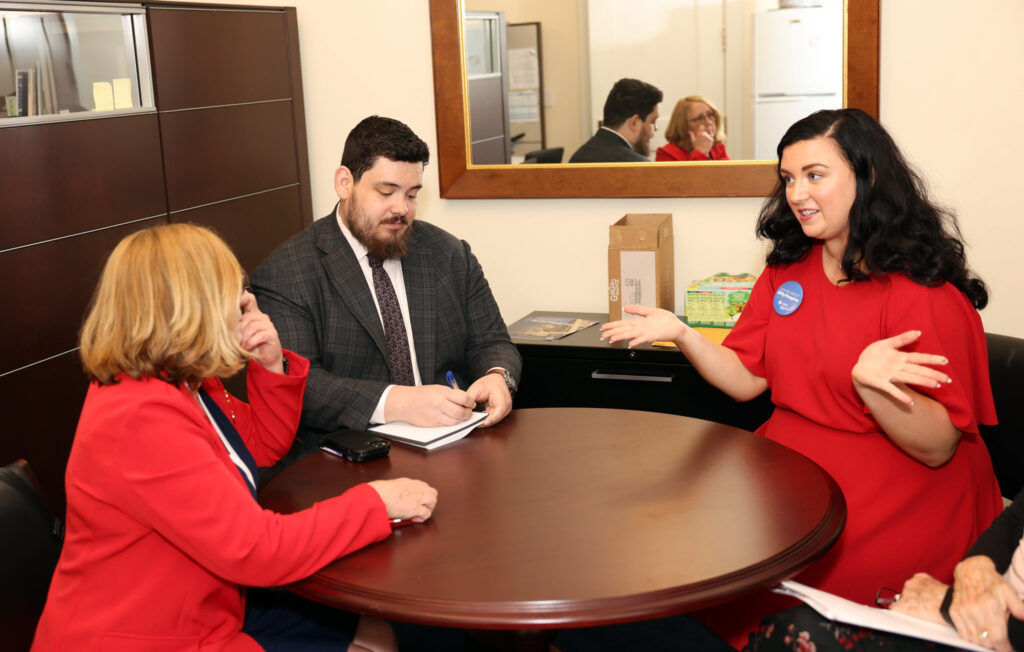
“Participation in Hill Day offered an impactful opportunity and value to the communities we serve by giving voice to the unique challenges and needs of our Veteran patients and their families.”
Noga Welner-Kessler MSW, Veterans Program Manager, Hospice East Bay, California
